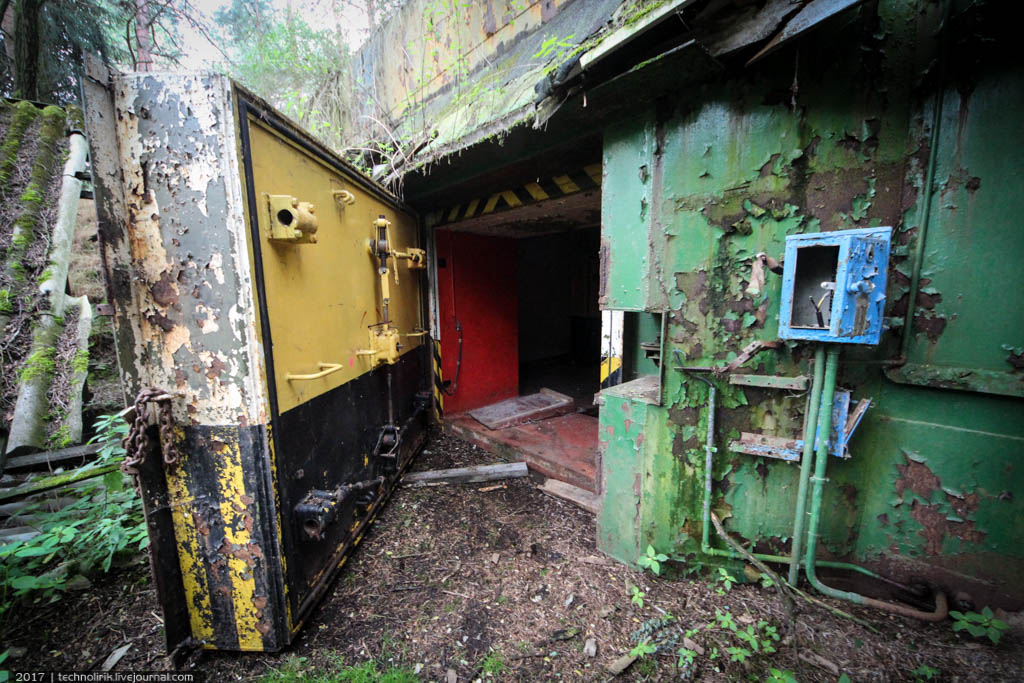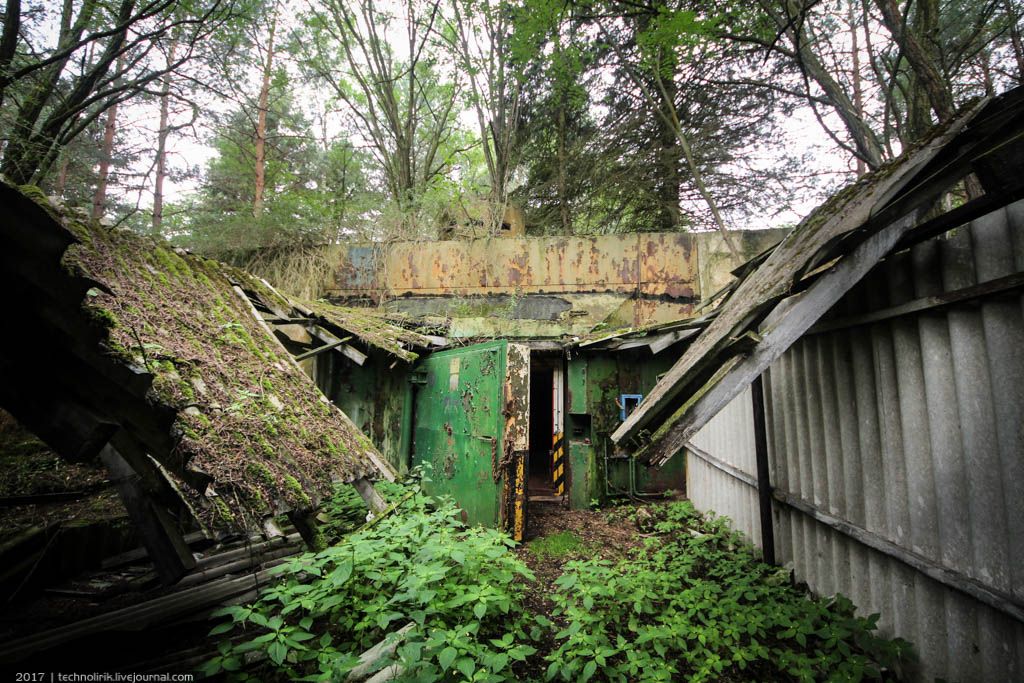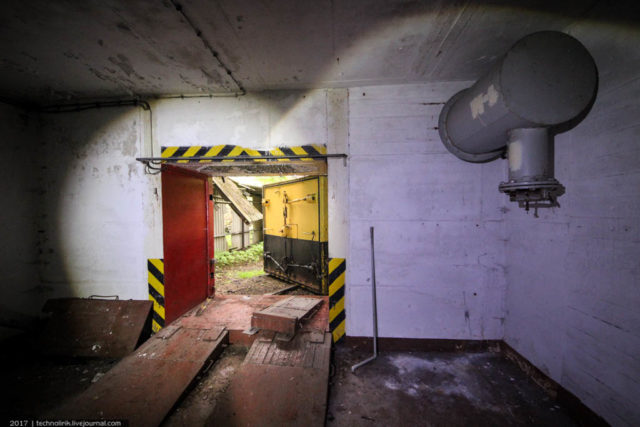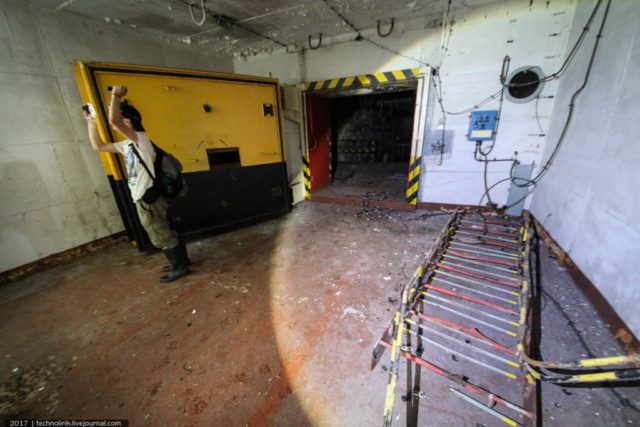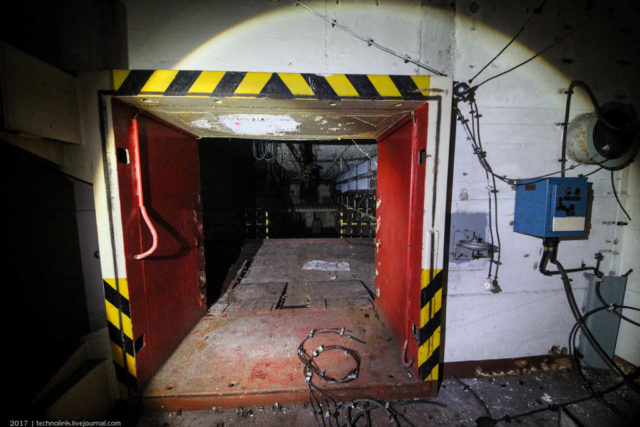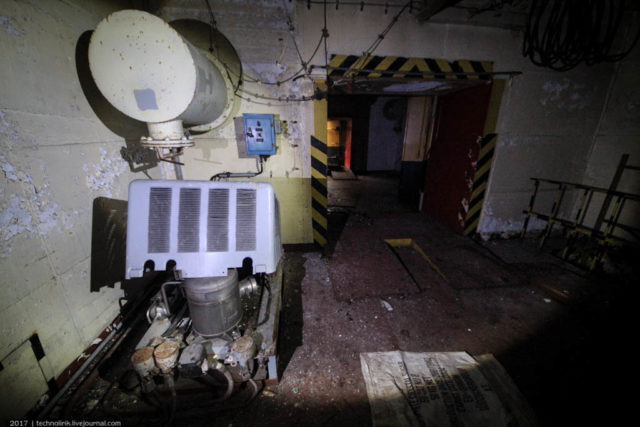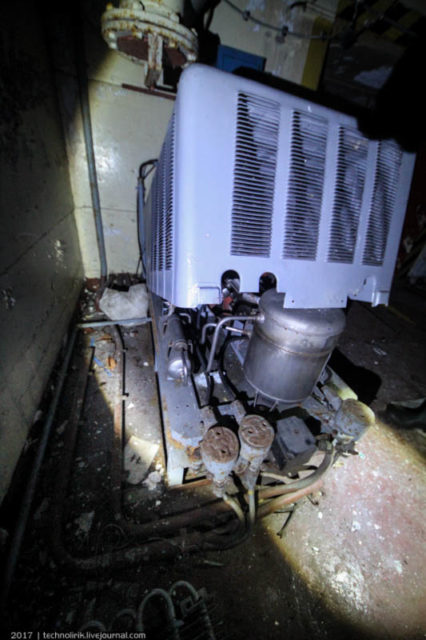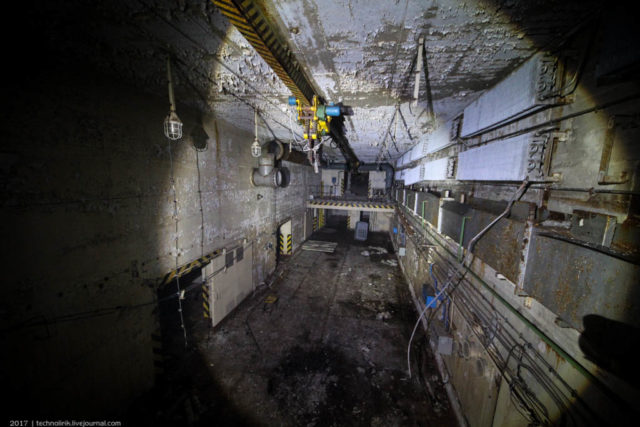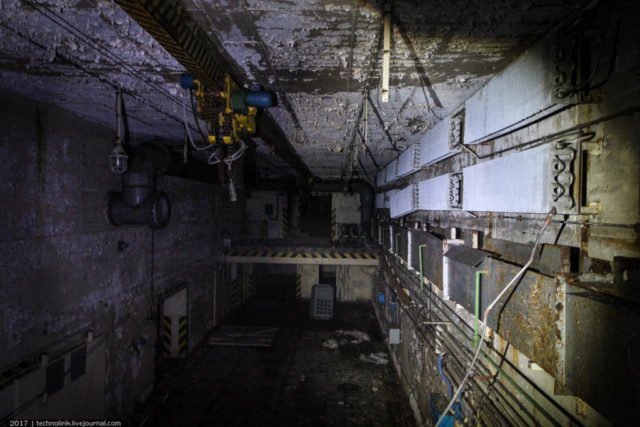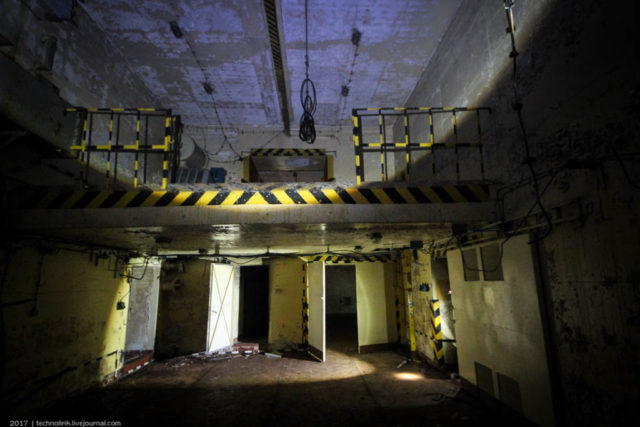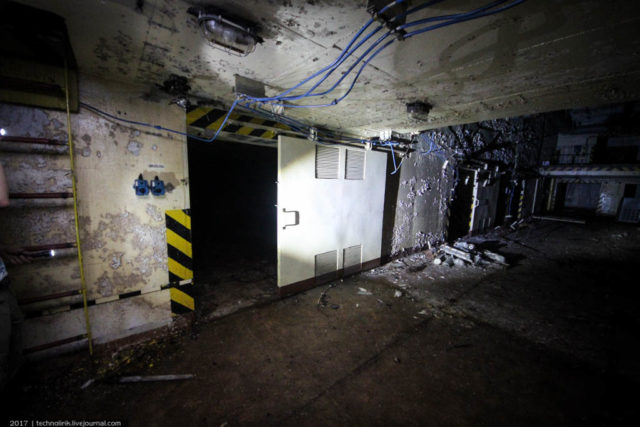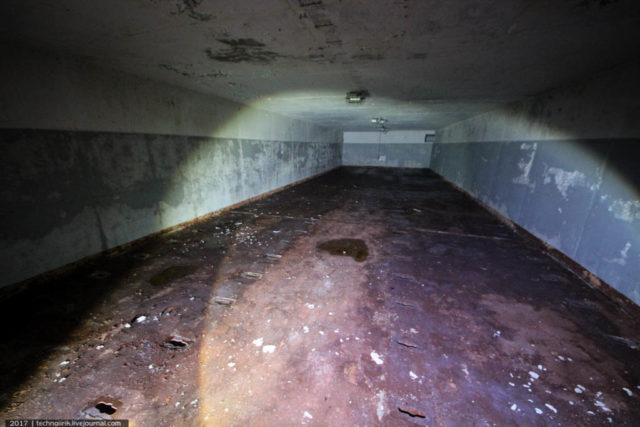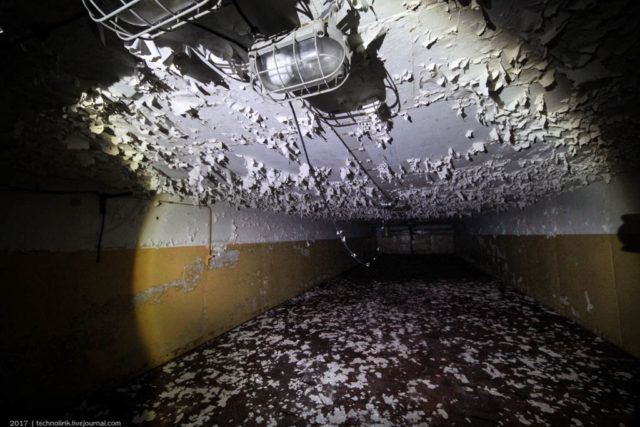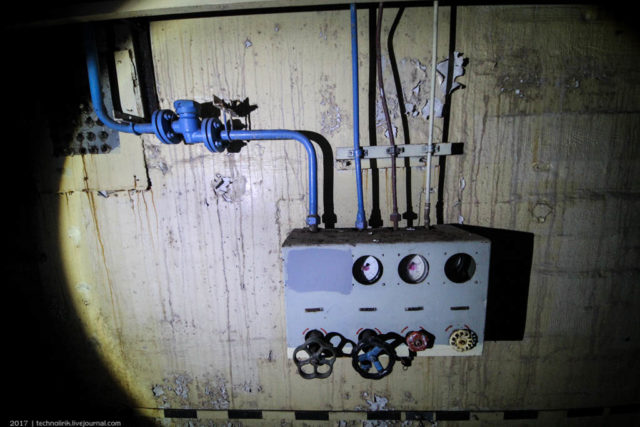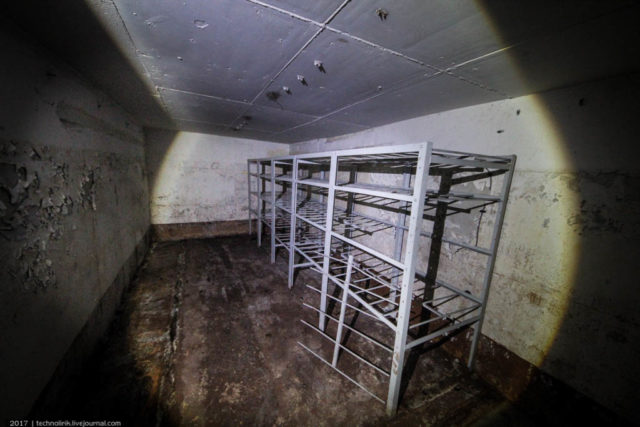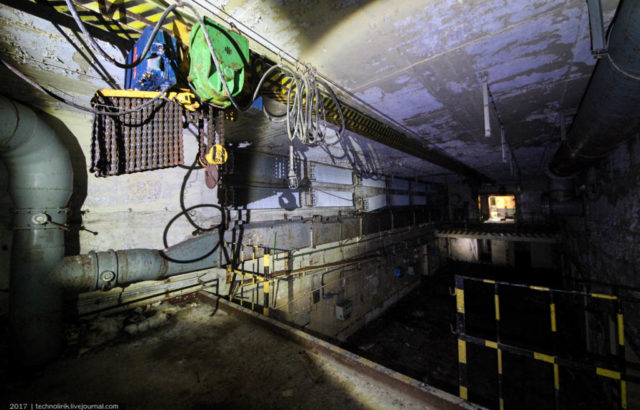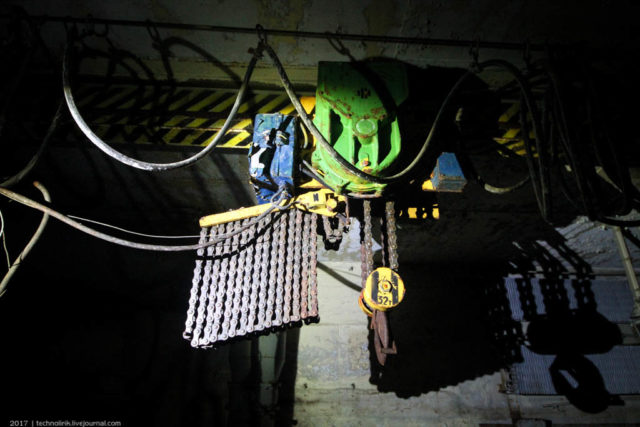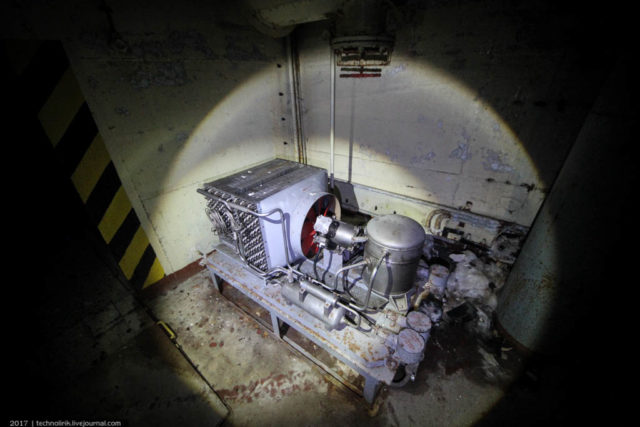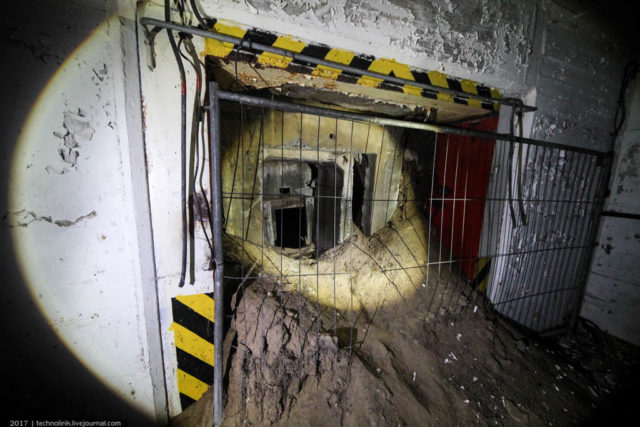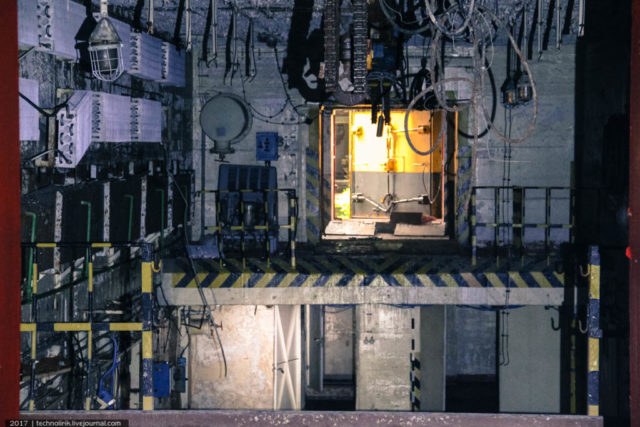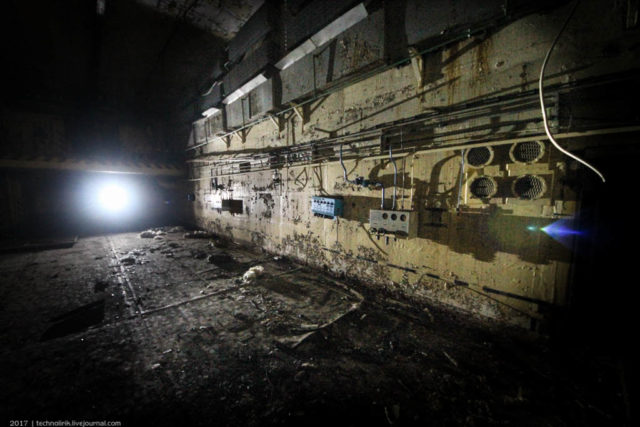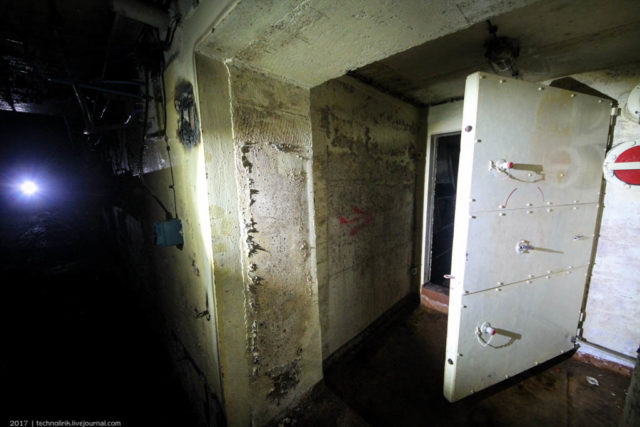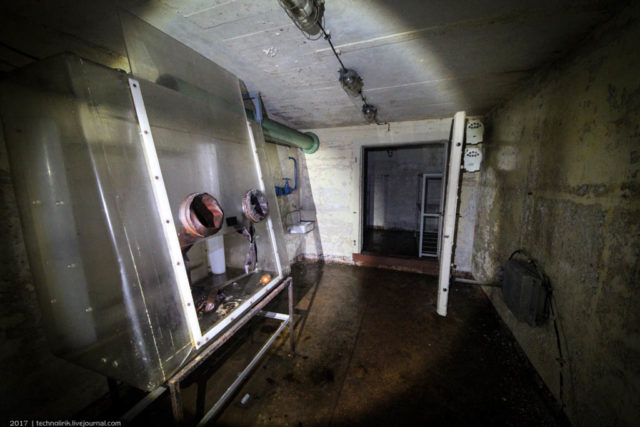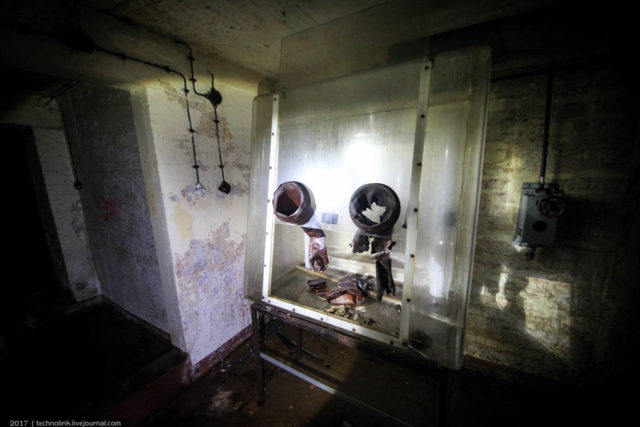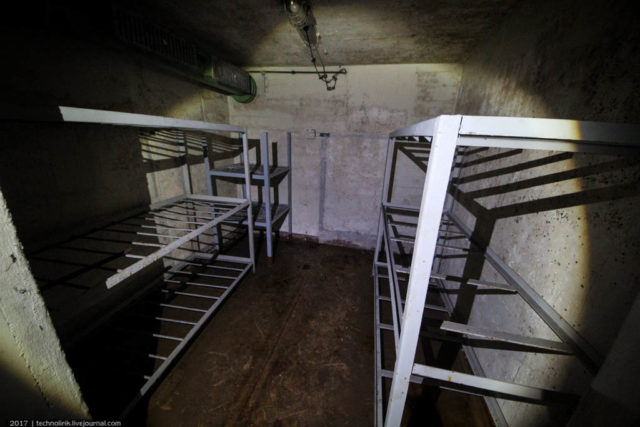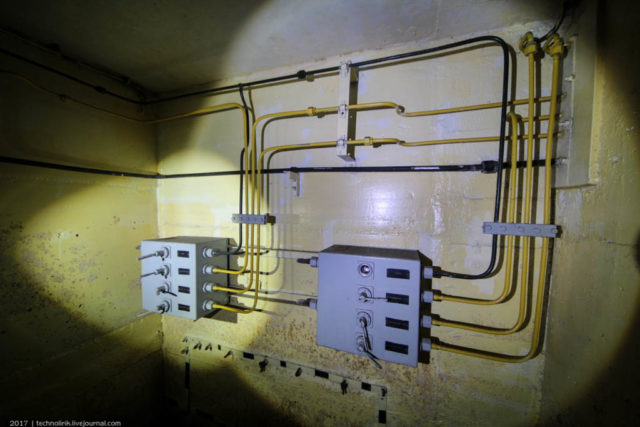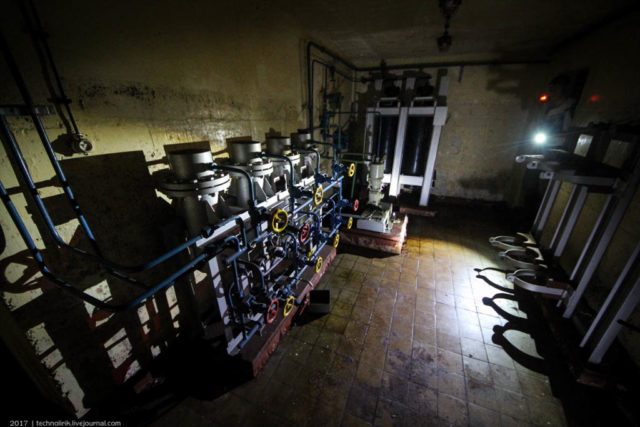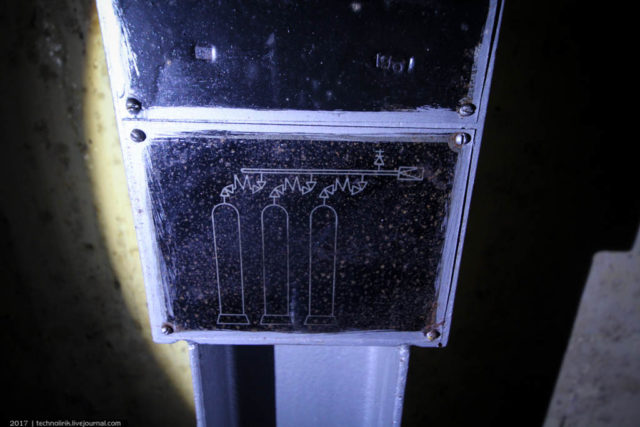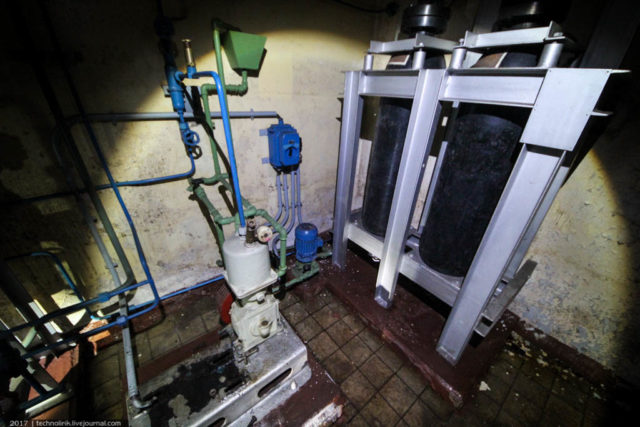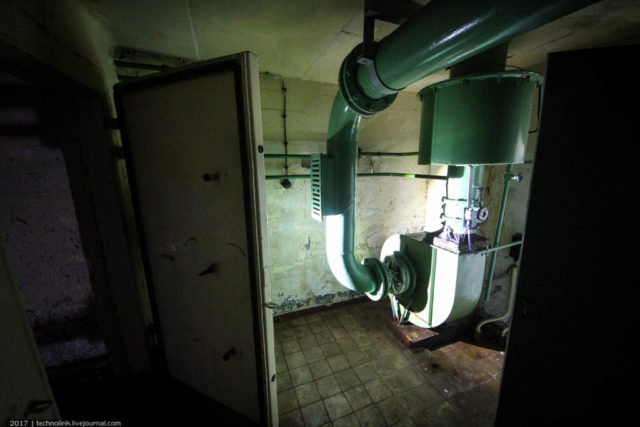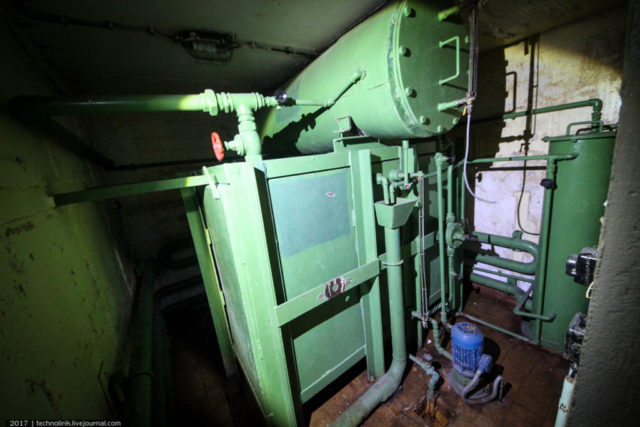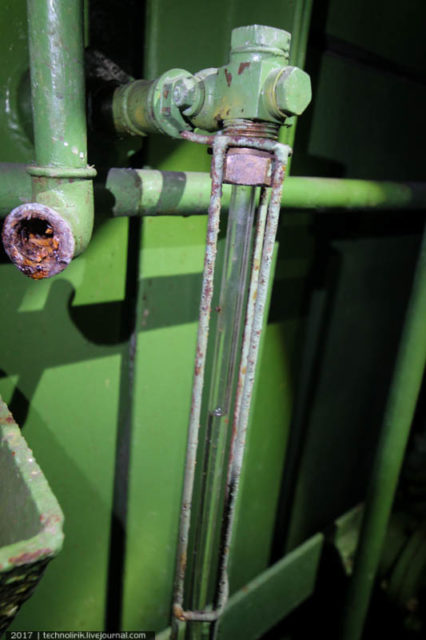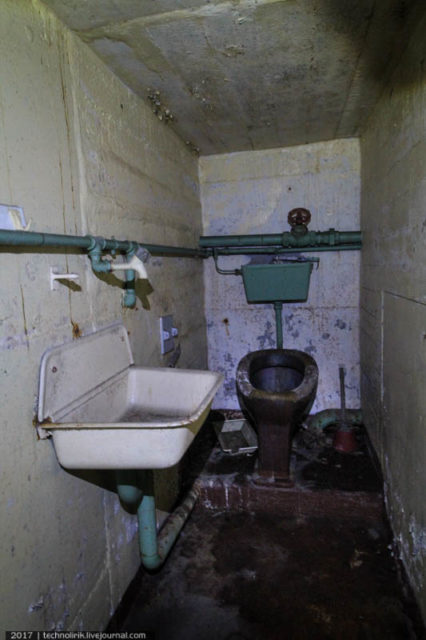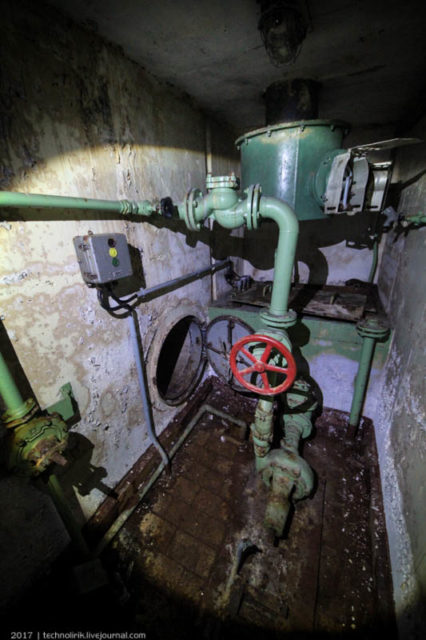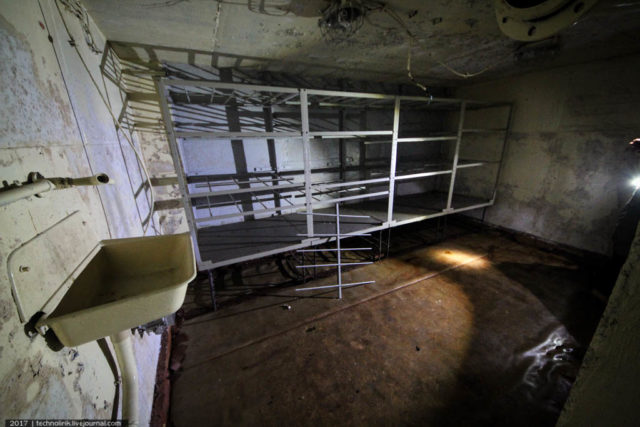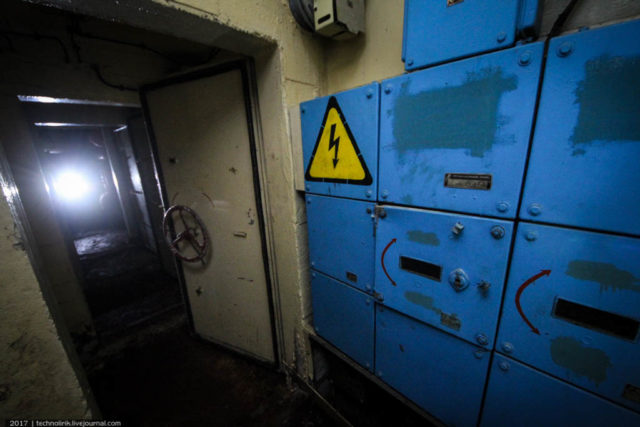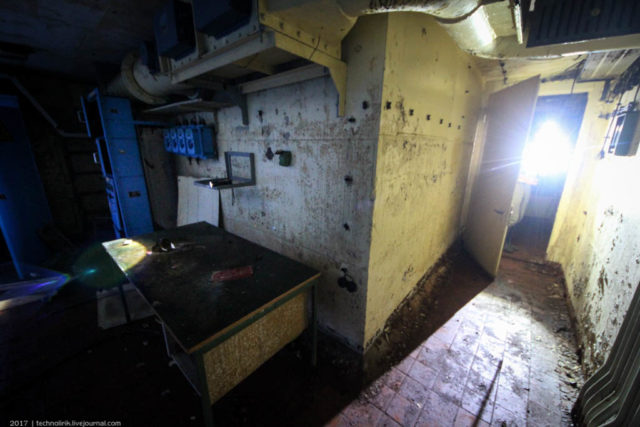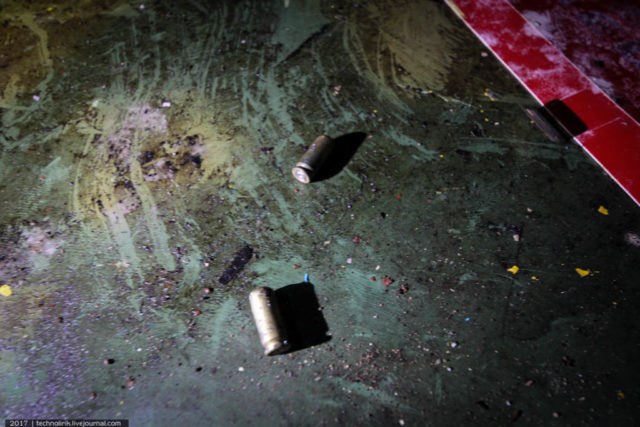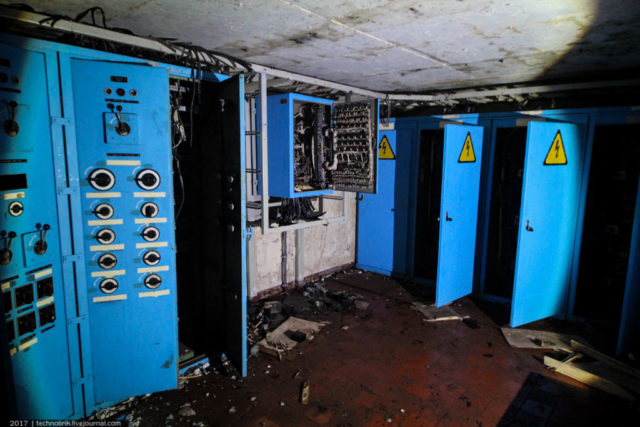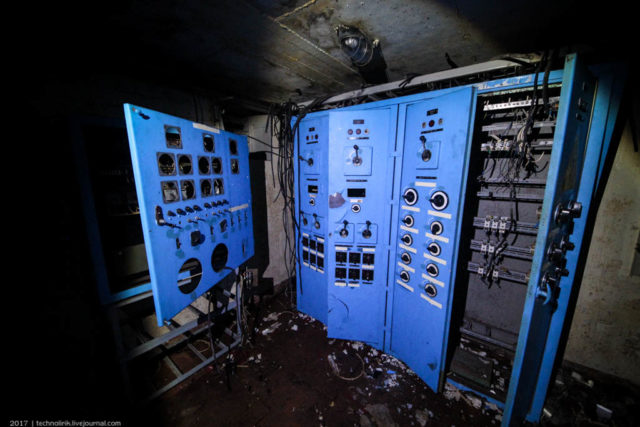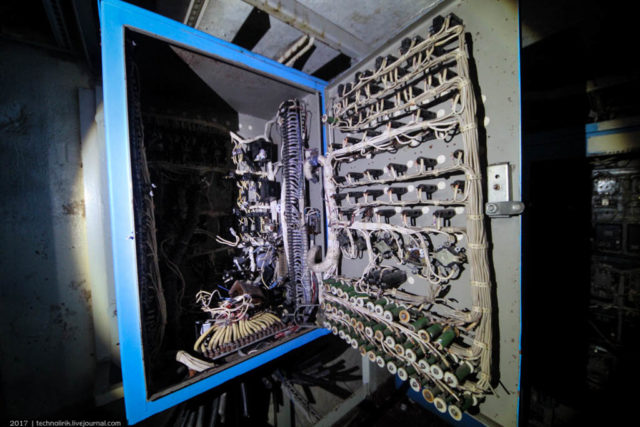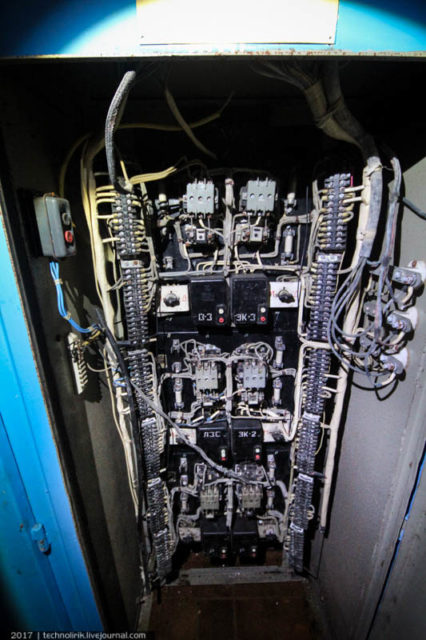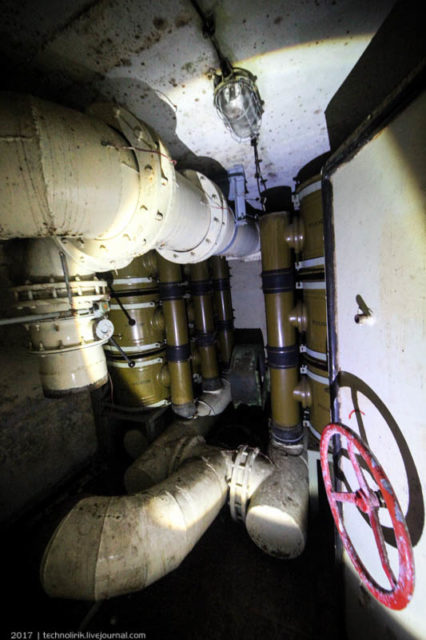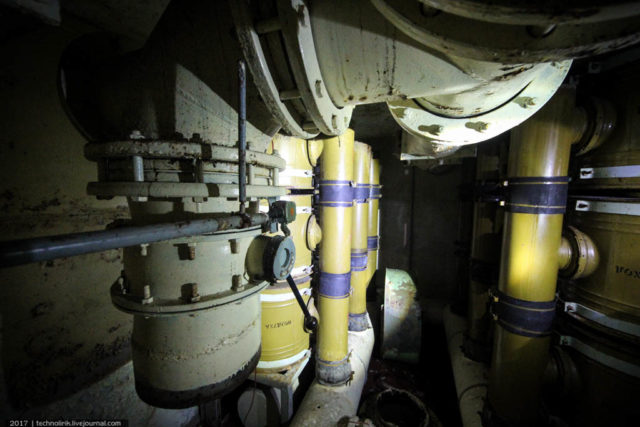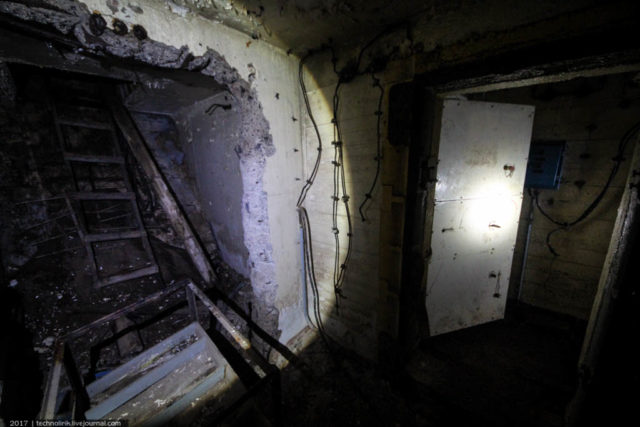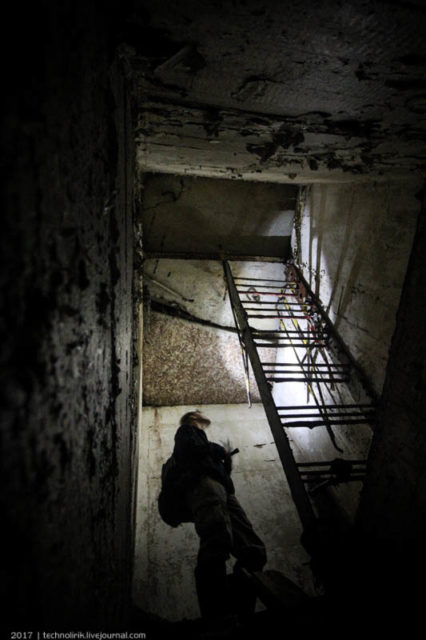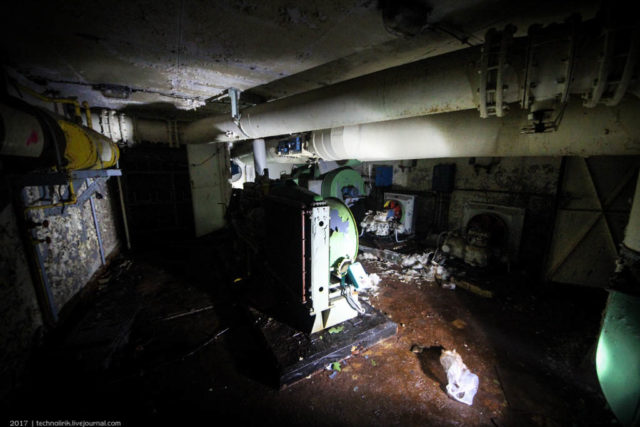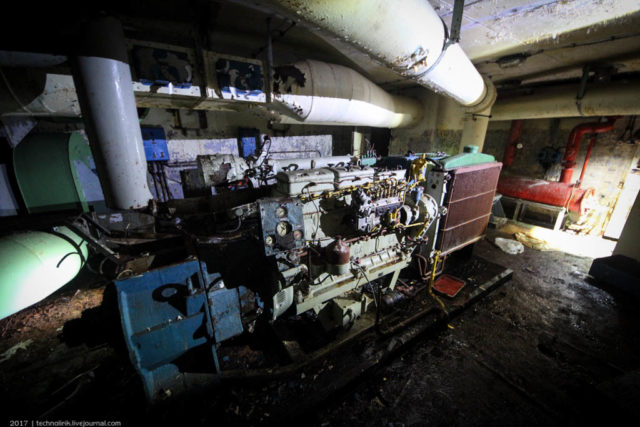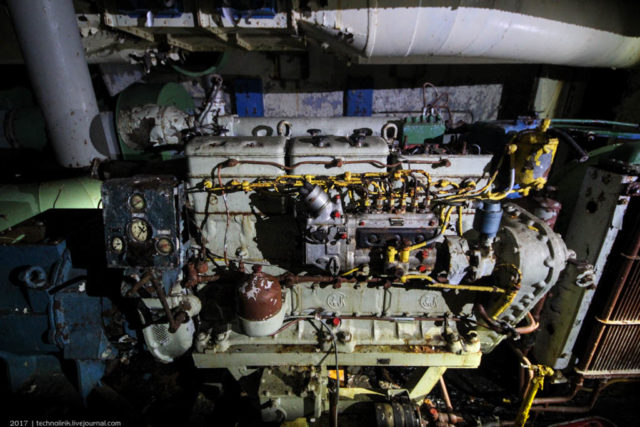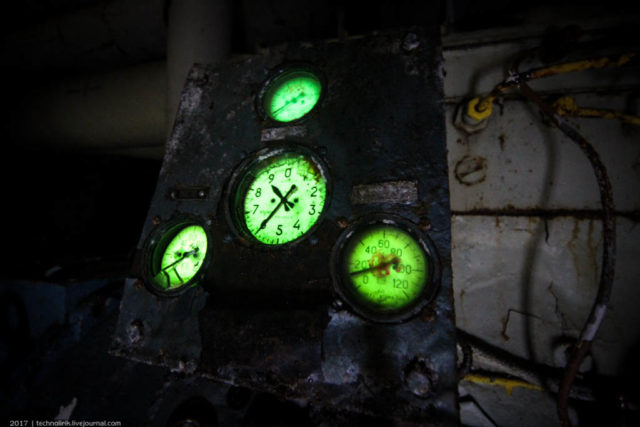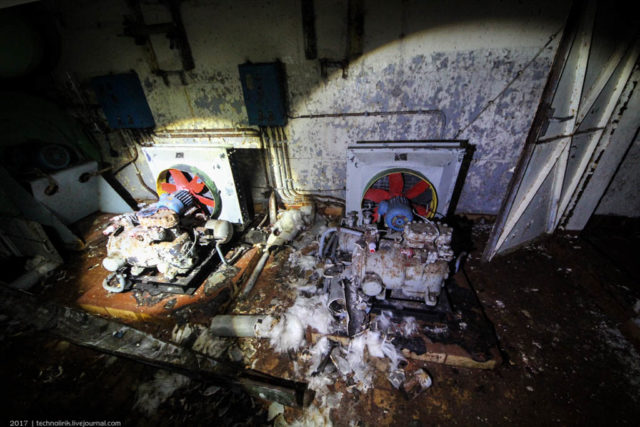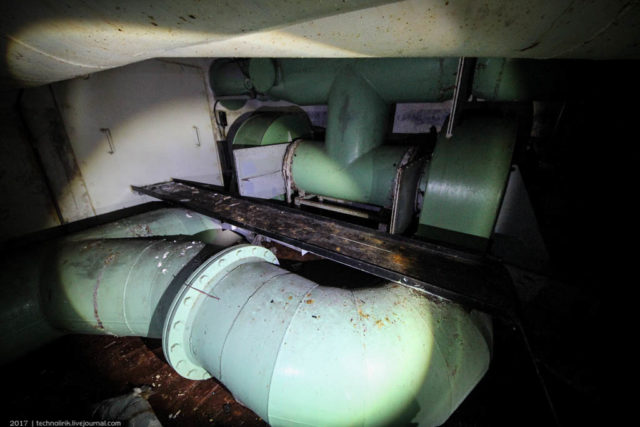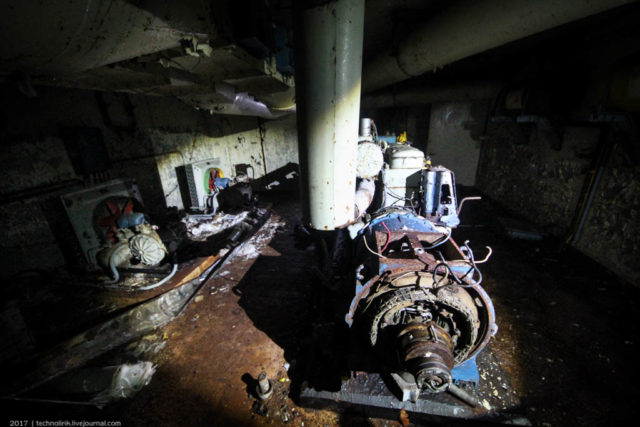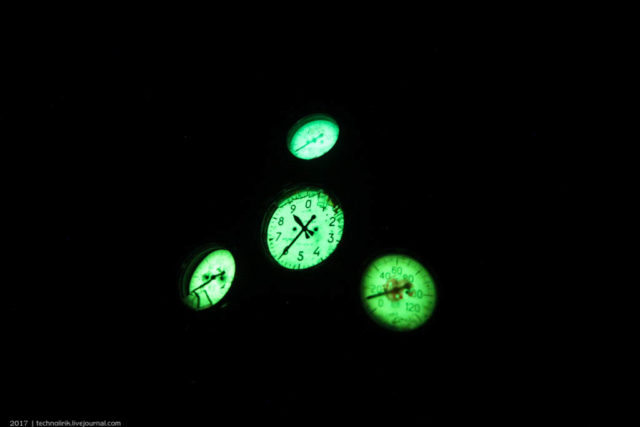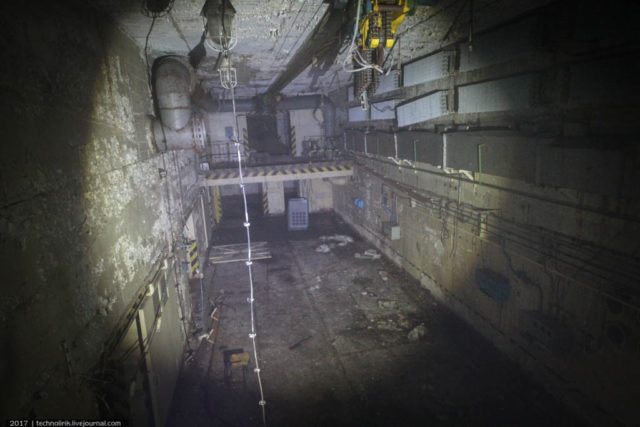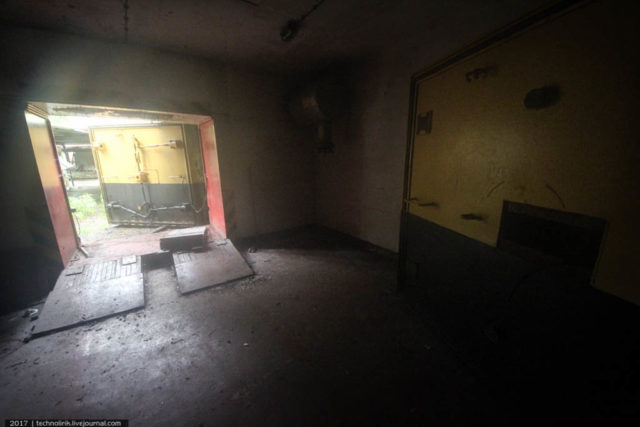A secret lab, mysterious bullets, glow-in-the-dark instrument panels: this site holds many surprises.
The top-secret Soviet nuclear armory is located 50 miles south of Berlin, in a small town called Schönewalde, Brandenburg. The territory used to be part of the German Democratic Republic (GDR).
The armory was built by the Germans, but they were told they were building a communications bunker. Soviet authorities were adamant about keeping the facility top-secret, for obvious reasons. Not even the leaders of East Germany knew about the existence of the facility.
The area surrounding it is packed with protective pillboxes. It was one of the biggest Soviet nuclear armories in the GDR.
It seems that the facility must have been built in the 1960s, as it was intended for 1960s-made nuclear warheads and most of the equipment inside was manufactured around that time. This cannot be confirmed with any certainty because this information has never been disclosed.
Nuclear warheads were once stored here. Now, the facility is abandoned but very well preserved, with a lot of the original equipment still inside.
The structure is hidden under an artificial hill, and camouflaging structures were built near the exits in order to completely obscure its existence.
Before we embark on our tour, I’d like to say a big thank you to Alexander, who runs the blog technolirik, for his amazing photographs and information! You can see more of Alexander’s work here: technolirik
The airtight door to the armory is wide open. This entry served exclusively for loading and unloading trolleys carrying nuclear warheads and opened only when products were being moved. The staff entrance was located in a different place.
To ensure that the trolleys moved as smoothly as possible, slopes were installed at the thresholds.
After the first airtight door is an airlock compartment. Nuclear warheads were moved into this compartment first, and then the outside door was locked. Only after this, the second door into the armory would be opened. This was done to reduce the risks associated with the loading and unloading of nuclear weapons.
Behind the second portal, there is a small “balcony,” where trolleys carrying warheads were put before being lowered down to the storage with the help of crane-beams.
Apparatus, likely climate-control equipment, on the balcony:
Because the nuclear warheads of the 1960s were very sensitive and required a special temperature-humidity storage regime, the bunker maintained a stable temperature and humidity throughout the year. To achieve this, numerous climate control systems were placed in the storage unit.
A view of the main hall of the armory. On the opposite side you can see a balcony of the same design with a portal. Two identical portals were made in case one of the doors became blocked as a result of bombardment, so the products could be brought out through the second portal.
The armory is remarkably well-preserved; an original crane-beam is still suspended from the ceiling, refrigerating batteries hang on the walls, and lighting equipment remains undamaged.
View of a balcony from below:
Sliding doors, behind which are the compartments where nuclear warheads were stored:
One of the four storage compartments. On the floor are holes for fixing hooks to secure trolleys with containers in case of seismic vibrations from a nuclear explosion. Initially, nuclear warheads for Soviet ballistic missiles R-11M and 3R10 for 2K6 Luna short-range missile complex were stored at the facility. Later, in the 1980s, it is likely that warheads for more modern missile complexes were stored here, but information about this is classified.
Each of the four storage rooms is 70 feet by 18 feet and was designed to store 15 nuclear warheads. Thus, the total storage capacity of one storage facility is 60 warheads. There were normally two storage facilities like this at armories similar to this one.
Back in the main hall. The sliding doors on the right lead to the storage rooms, which we have just seen. On the left, behind the wall, is the area with the technical equipment necessary for the functioning of the facility.
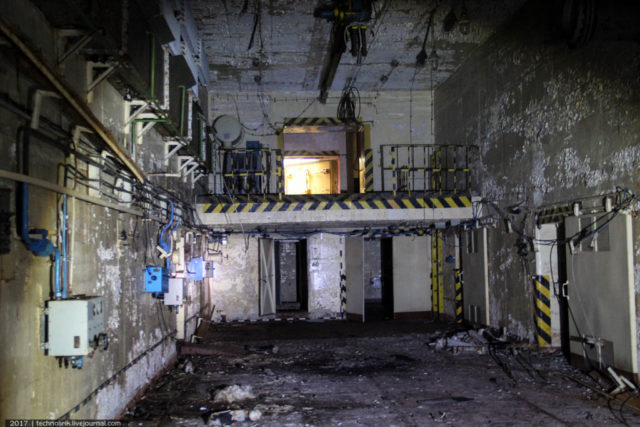
Temperatures had to be kept between +41 and +59 degrees Fahrenheit and humidity between 40 percent and 70 percent. Each storage room was equipped with a Geiger counter, temperature and humidity sensors, and a compressed air valve for cleaning and maintaining the warheads.
Inside a small utility room:
On the second balcony:
The crane-beam was capable of lifting weights up to 3.2 tons.
Cooling equipment:
The second portal is in a much worse condition than the first portal. The airtight door, which weighs several tons, has been torn off its hinges and lies on the floor.
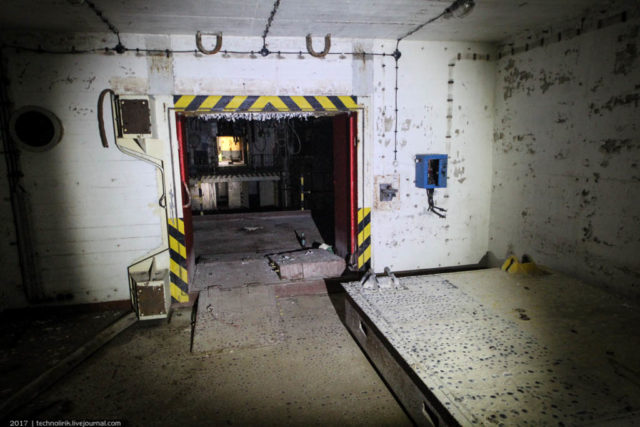
The entrance has been blocked off with concrete segments, filled with earth, and blocked by a fence. Perhaps this used to be the easiest way to access the facility, and to prevent this it was blocked off in several stages: first a fence, then sealed with earth, and finally blocked with concrete segments.
The view from the balcony of the opposite portal and main hall:
Back at the lower level to explore the technical sector:
One of the rooms is located separately from the technical sector.
Inside a room that used to be a laboratory.
It seems that the lab was used to monitor the state of the warheads and take some kind of measurements.
A small room with shelves for instruments adjoins the laboratory.
Now we return and enter the technical sector. The equipment is in very good condition.
The pneumatic system of the facility: a compressor, compressed air cylinders, and valves. Compressed air was required both for the maintenance of “special items” (ie. the warheads) and for the operation of pneumatic equipment.
A diagram illustrating how to connect cylinders with compressed air to the system:
A compressor for refilling the cylinders alongside the cylinders themselves:
Next to the room with pneumatic equipment is one with several air intake systems, which delivered air from the surface to the facility.
Next are compartments with life support systems. Pictured is a room with a well, a water tank, a boiler, and pumps for delivering water to various systems of the facility.
Amazingly, the water tank is still more than half full, judging by the water-level measuring glass.
Across the wall from the room with water supply equipment is a well-preserved toilet. It even still has the loo brush!
The facility did not have a sewage system. Instead, the sewage was pumped into a special tank in the adjacent room. In the same room, there is an emergency exit hatch.
On the opposite side is a staff room for those on duty.
German-made electrical equipment is installed in the corridor of the technical sector.
Inside the switchboard room:
Bullets on the table in the switchboard room. How did they get here? What story do they tell?
Scrap metal dealers have dismantled some of the equipment, but overall it is fairly well-preserved.
Most of the equipment here is USSR-made.
Some circuits remained untouched:
Some equipment is in pristine condition:
Next to the switchboard room is a filter and a ventilation system.
The system takes up two compartments, each fitted with different types of filters. Normally, the air was supplied to the facility “raw” (bypassing the filters), but in case of a combat alarm, it would be passed through the filter system.
After passing the technical sector, there is a small portal. Immediately behind the airtight door is a small room, after which there is a ladder to the top.
The ladder is blocked off by a massive concrete slab. Originally, the staircase would have led to a small shed.
The last part of the nuclear armory we are going to look around is the diesel-powered generator room.
The diesel-powered unit of the generator looks as if it could start working again, if only it had a little fuel.
The dials in the instrument panel are covered with phosphorescent paint, so they glow in the dark.
Two compressor units of the air conditioning system are installed opposite the diesel engine. For some reason, they were left behind in perfect condition, just like the diesel-powered generator.
Air ducts of the air conditioning system, behind which there is a hatch leading to the main hall.
Although the diesel-powered part of the generator is in a good condition, the generator itself was a victim of metal-hunters who removed the copper wires.
Phosphorescent dials glow in the dark:
Now it is time to come back and leave the site. We head back to the main hall and up the ladder.
Finally, the exit: the same airtight door that was used to enter the facility.
